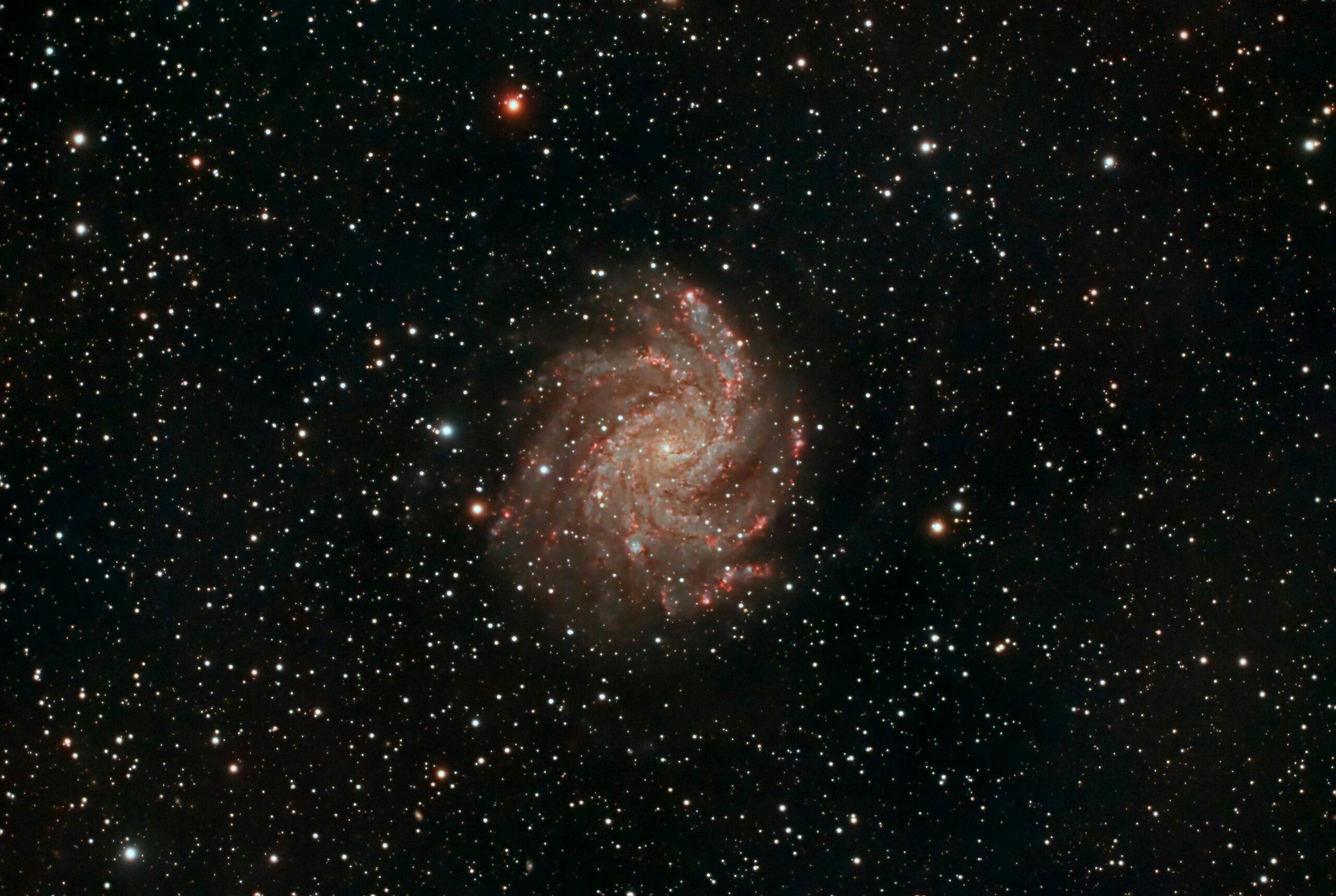(image credit: by Daniel Cid )
Astronomers have detected a solitary black hole silently gliding through the cosmos — with no companion star in tow. This rare “rogue” object is rewriting what we thought we knew about black holes.
A Black Hole With No Strings Attached
In a stunning cosmic revelation, scientists have confirmed the existence of a rogue black hole — an invisible giant wandering alone in the vastness of space. Unlike typical black holes, which are usually found at the centers of galaxies or devouring nearby stars in binary systems, this mysterious object appears to be completely on its own, untethered to any stellar partner.
This discovery is significant because until recently, isolated black holes were mostly theoretical. We assumed they might exist — formed from supernovae or gravitational interactions — but we had never truly seen one. Now, thanks to advanced instruments and years of observation, we have our first confirmed sighting.
What Is a Rogue Black Hole?
Black holes form when massive stars collapse under their own gravity. In most cases, these cosmic monsters remain bound within galactic structures or paired with other stars. But sometimes, a violent event — like a supernova explosion or a gravitational slingshot — can eject a black hole from its birthplace.
This solitary traveler has no accretion disk, no orbiting material, and no glowing light to give away its location. It’s completely dark — essentially invisible — and was detected only by the gravitational distortion it caused as it passed in front of a distant background star, a phenomenon known as gravitational microlensing.
A Breakthrough in Observation
This rogue black hole was discovered using a combination of data from NASA’s Hubble Space Telescope and ground-based observatories. By analyzing how the background star’s light was bent and magnified over time, scientists were able to estimate the mass, speed, and distance of the black hole — a rare and incredibly precise achievement.
They found that the object is roughly seven times the mass of our Sun and is traveling at an astonishing 160,000 kilometers per hour (100,000 mph) through the Milky Way.
Why It Matters
The implications of this discovery are far-reaching:
Confirms theories about black hole ejections from stellar systems.
Opens new pathways for studying “dark” or inactive black holes that don’t emit detectable radiation.
Provides a new tool (microlensing) for detecting otherwise invisible objects in space.
This could mean that there are millions of rogue black holes silently drifting across our galaxy — and we’ve just now learned how to see them.
n a universe already full of mysteries, this discovery adds a new twist. Rogue black holes — once the stuff of sci-fi and speculation — are now proven to exist. And with better technology and more eyes on the sky, we may find that they’re not as rare as we once thought.
This lone traveler is a reminder that the cosmos is far from quiet — even in the darkest corners, there are secrets waiting to be uncovered.


